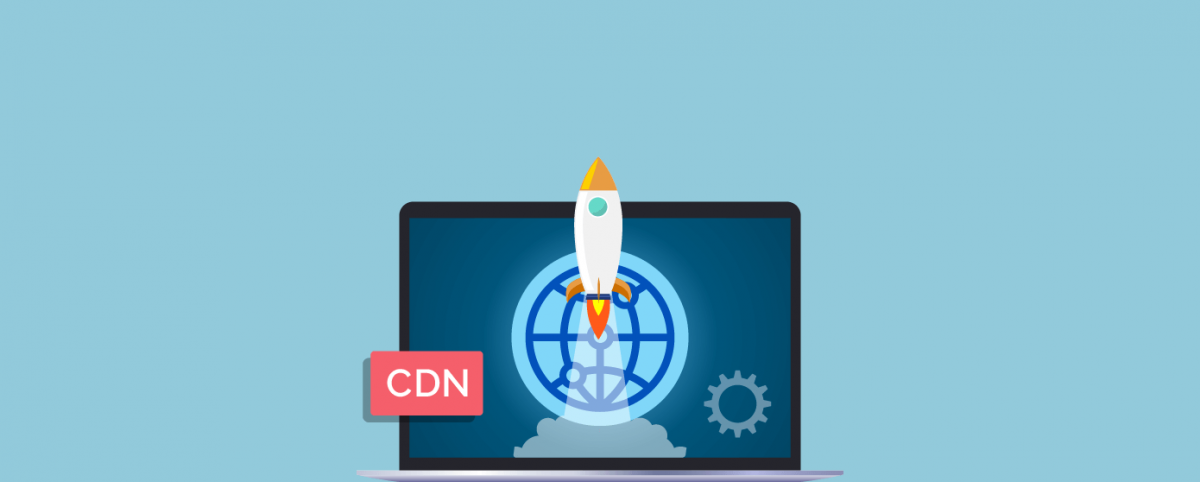CDN Primer: How Caching Works?
In today’s day and age, websites and web applications are rarely judged on the basis of their neatness in design and choice of colors; web applications are judged on the basis of their UX or user experience. User experience is measured on the basis of the time, money, and hassle costs that are incurred by the users.
It is, then, quite evident that user experience is a key differentiator and that milliseconds count. Content delivery network (CDN) is a very important component of fast, optimized, and secure content delivery today and so forms an important part of modern websites and web applications. CDN enables web applications to deliver content with the same agility, security, and seamlessness to users across the globe.
Caching: The core of CDN
Caching is nothing but storing multiple copies of the same original content on different servers at geographically dispersed locations. It is the core of CDN.
Caching is the process through which data/content access and delivery are optimized. Through this process, data/content is accessed and delivered from those servers, data centers, and clouds that are closest to the point from which the user’s server is requesting such content.
How caching works?
The content delivery network consists of edge servers or Points of Presence (PoPs) that are strategically placed at diverse locations across the globe. Each PoP consists of several caching servers. The caching servers contain the cached content from the origin servers.
Caching servers contain multiple storage drives, SSD (solid-state drive), and high-performance RAM resources that are capable of instantaneously servicing user requests. The powerful, high-performance RAMs are used for caching high-priority content and web resources while SSD is used for cacheable but seldom-requested content and resources.
Each edge caching server will service requests in the geographical area in which it is placed and to the users in its proximity. As discussed earlier, this enables requests to be met faster and with fewer network changes and hops for the user request to be serviced.
For instance: You are based in New York and your server (the origin server) is in New York. Your website content is requested and accessed by users from across the globe. Without a CDN, your server in New York will be pinged every time a user accesses your web application. If there is a sudden spike in web traffic, your server will not be able to entertain all the requests and will crash. With CDN and distributed caching, multiple copies of all your cacheable resources (HTML pages, JavaScript, videos, music, text files, web pages, videos, etc.) will be stored in locations around the globe. When users make a request, it will be routed to the caching server in their close proximity and not your origin server. So, a Japanese user will be serviced from a caching server closest to her and not from New York, reducing the speed and performance of content delivery.
Changing face of CDN caching
Earlier, CDN was limited to caching static content and it was a hands-on process. But today, with technological progress and machine learning, CDN caching has greatly evolved.
The learning-based approach to caching that is made possible by intelligent cache controls and automated rules for caching frequently-accessed content is powering content delivery networks to monitor, categorize, analyze and cache a wider range of content that was earlier deemed uncacheable and unserviceable.
Dynamic content, dynamically-generated objects, visual and other content with high bandwidth requirements, regionally-popular content, etc. can be cached and serviced in an agile manner. This, in turn, has helped in improving the overall efficiency of the process and elevating user experience.
Benefits of caching
Cost-saving for businesses: Every time a request is placed on the origin server, bandwidth is consumed, and the business must bear bandwidth costs. With caching, the bandwidth costs are considerably reduced for businesses as copies of the content at stored at multiple locations and serviced from those proxy servers instead of the origin server. Even when there is a traffic spike, bandwidth can be rented from the CDN provider instead of investing in extra bandwidth.
Elevated user experience: As discussed earlier, caching enables web applications to elevate the overall user experience through faster and reliable content delivery. CDN caching can work wonders even for local businesses. For instance, a local bank will still have customers accessing their accounts from anywhere around the world. So, their user experience will be affected if the web application takes too long to load or worse, not be secure.
Tata CDN and AppTrana have seamlessly integrated speed with network security, without compromising one for the other. Tata CDN’s integrated connectivity, voluminous data center space, and scalable carrier-grade infrastructure are capable of handling traffic spikes and surges while AppTrana offers unparalleled security solutions to maintain a web app security

 February 19, 2019
February 19, 2019





